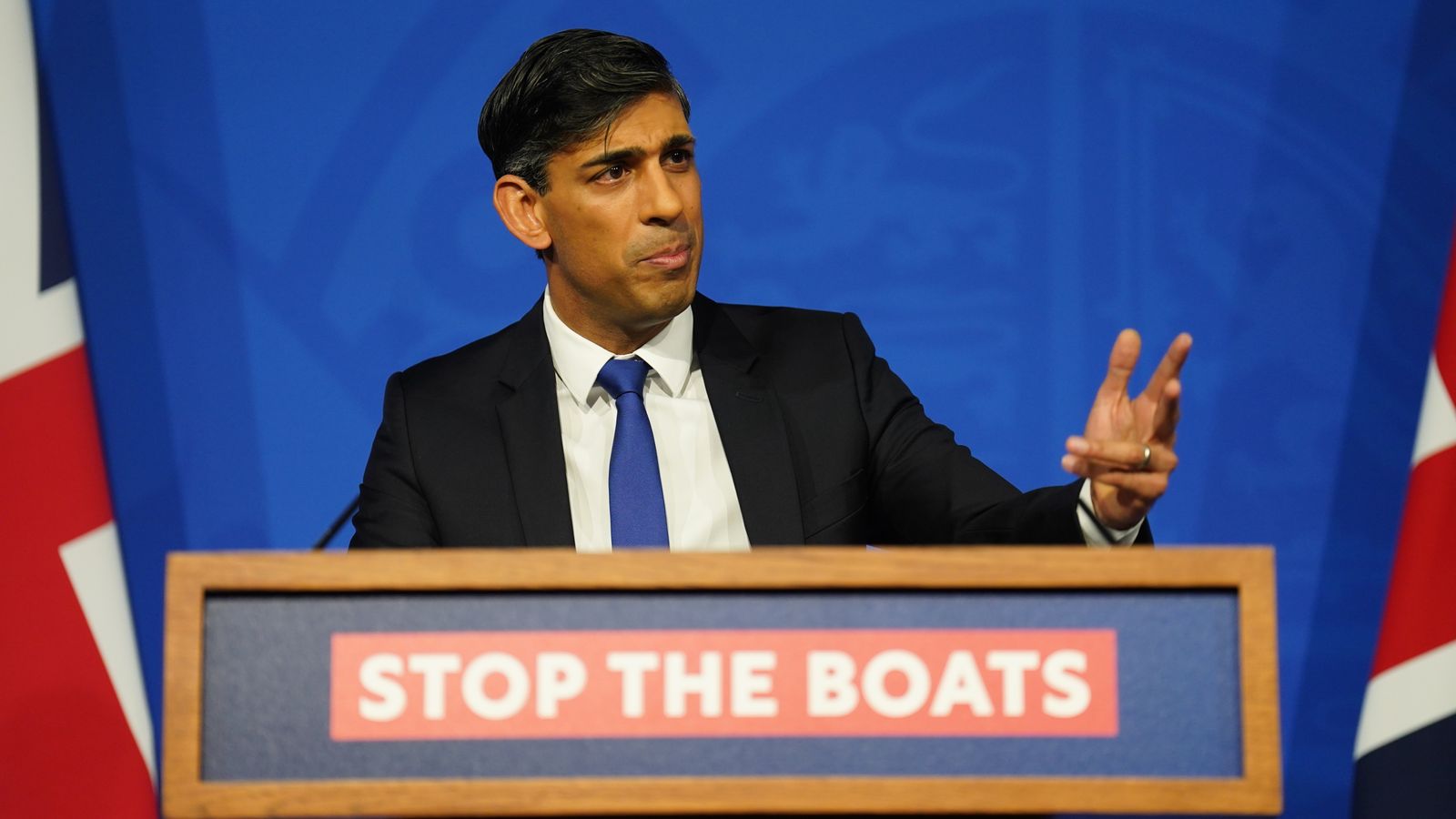Droughts have been declared in parts of southwest, southern and central England and all of eastern England, as Britons continue to bake in the high temperatures.
The affected areas are:
• Devon and Cornwall
• Solent and South Downs
• Kent and South London
• Herts and North London
• East Anglia
• Thames
• Lincolnshire and Northamptonshire
• East Midlands
Wiggonholt has seen the highest recorded temperature in the UK today so far at 34C, according to the Met Office.
Another water company imposes hosepipe ban – weather latest
The announcement on droughts means residents in those areas can expect to see restrictions placed on domestic and commercial water use.
While moving to drought status does not automatically trigger actions itself, it does mean the Environment Agency and water companies will implement stages of pre-agreed plans.
These plans follow local factors including rainfall, how much water is left in rivers, reservoirs and lakes, as well as temperature forecasts and water demand, and lead to temporary use bans, such as hosepipe bans, being introduced.
Residents and businesses in the affected areas have been urged to be “very mindful” of the pressures on resources and told they should use water wisely.
Read more: What happens during a drought and how can you help?
The Environment Agency has said essential supplies of water are safe, and it is urging water companies to continue with their precautionary planning.
However, Environment Secretary George Eustice has warned that the risk of running out of water will be “greater” if we have another dry winter.
Amber extreme heat warning extended
Many parts of the country are experiencing sweltering temperatures and little rainfall, with an amber extreme heat warning now in place for much of southern England and parts of eastern Wales until Tuesday.
It was originally due to end at 6pm on Sunday.
By Friday afternoon, temperatures are set to soar as high as 35C (95F) in southern areas of the UK, which will be hotter than the Bahamas, Jamaica and Barbados.
Read more:
Hosepipe bans: What are the rules – and what are the exemptions?
What and where is the ‘exceptional’ fire risk – and how to avoid one
However, the Met Office has issued a yellow thunderstorm warning for most of the UK on Monday, warning of a “small chance” homes and businesses could become flooded quickly.
There are four stages of drought:
• Prolonged dry weather stage (yellow) – where the possible impacts include a heightened risk of environmental damage such as a risk to wildlife and plants
• Drought stage (amber) – stress on public and private water supply sources, reduced agricultural and horticultural crop yields, localised wildfires and long-term habitat and wildlife impacts
• Severe drought stage (red) – widespread long-term environmental damage, widespread wildfires, failure of crops or plants and shortage of fodder and drinking water for livestock, failure of public and private water supplies
• Recovering drought stage (amber) – which depends on the type and severity of the preceding drought
What causes a drought to be declared?
Although all droughts are caused by a period of low rainfall, there is no single definition for one, meaning each is different.
The ongoing dry conditions – following the driest July on record for some areas combined with last month’s record-breaking heatwave – have depleted rivers, reservoirs and aquifers.
According to the Environment Agency, there have been five consecutive months of below-average rainfall across all geographic regions in England and above average temperatures.
The nature, timing and effects varying according to location, and which sectors are affected such as public water supply, agriculture, the environment, or industry are considered when declaring a drought for an area.
The National Drought Group, made up of senior decision-makers from the Environment Agency, government, water companies, and key representative groups, met earlier on Friday to discuss the factors before announcing the drought status.
Subscribe to the Daily podcast on Apple Podcasts, Google Podcasts, Spotify, and Spreaker
The two most recent droughts were declared in 2018 and a more severe one in 2011.
Where have hosepipe bans been enforced?
In a bid to combat depleting water supplies, hosepipe bans have already been implemented in some areas.
Southern Water has imposed a hosepipe ban on customers in Hampshire and the Isle of Wight, and temporary restrictions on water use are in place for South East Water customers in Kent and Sussex.
Similar rules announced by Welsh Water for Pembrokeshire and Carmarthenshire are due to be introduced later this month.
On 26 August, Yorkshire Water customers will also be banned from using a hosepipe to water their gardens, clean their vehicles, fill their swimming pools or clean their homes.
And Thames Water has signalled it will introduce a hosepipe ban in the coming weeks as the hot, parched summer continues to take its toll.
“We are currently experiencing a second heatwave after what was the driest July on record for parts of the country,” Water Minister Steve Double said.
“We are better prepared than ever before for periods of dry weather, but we will continue to closely monitor the situation, including impacts on farmers and the environment, and take further action as needed.”
Senior Tory MP Philip Dunne has said the confirmation of drought status was “deeply concerning” and must encourage more action to tackle climate change.
“We must not rest on our laurels that ‘enough’ is being done to tackle climate change: the severity and frequency of heatwaves must concentrate minds and lead to efforts being ramped up to adapt the way we use and appreciate water,” he said.




